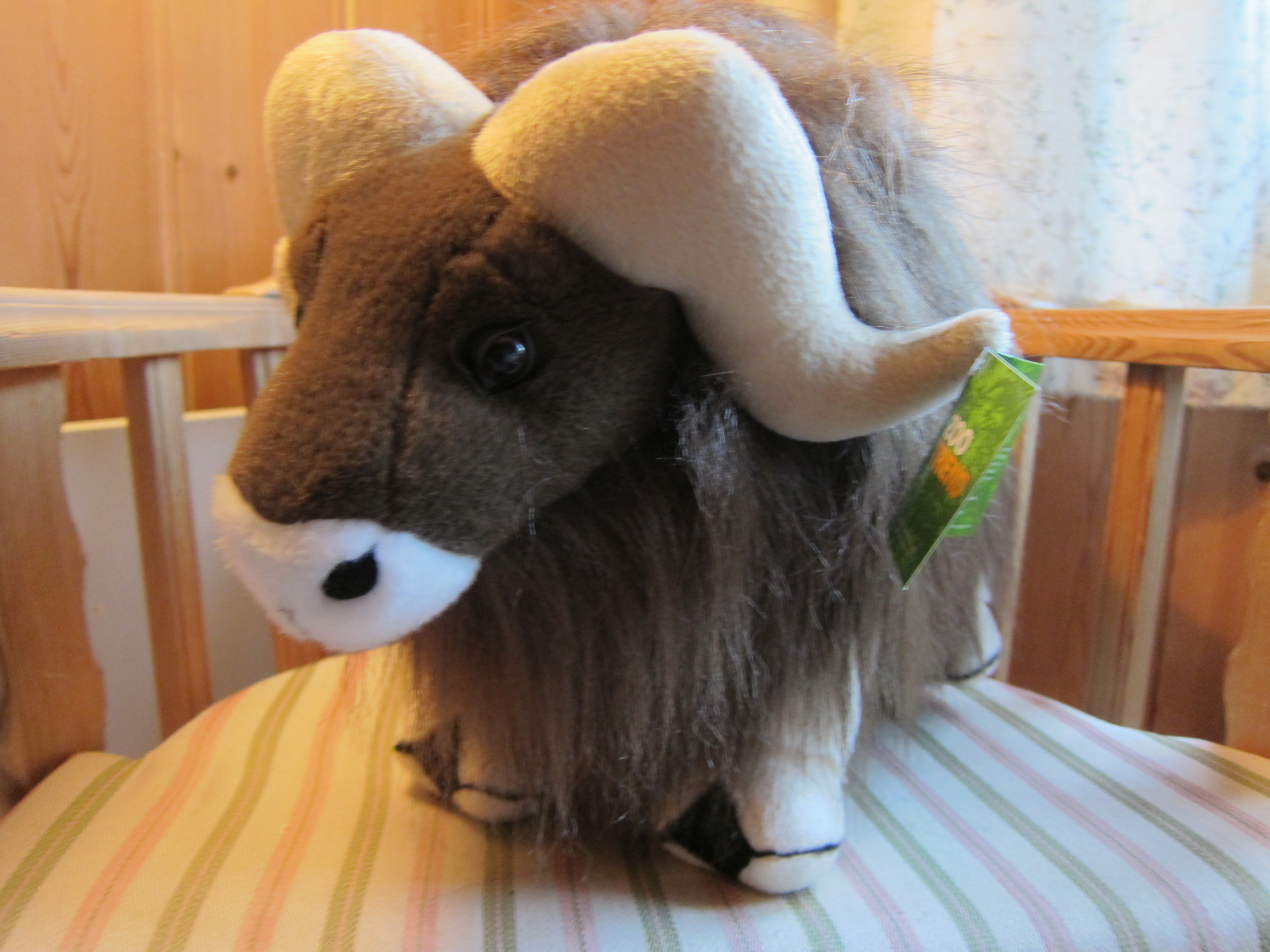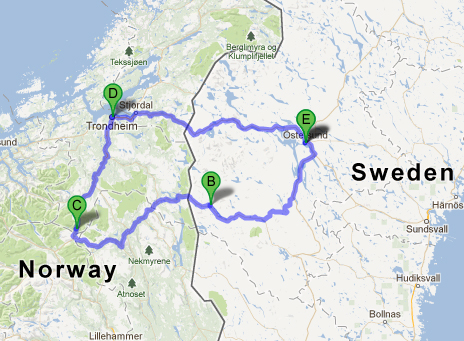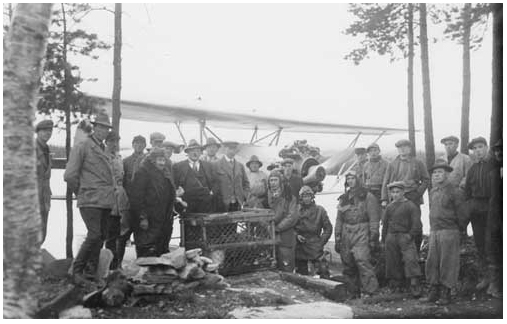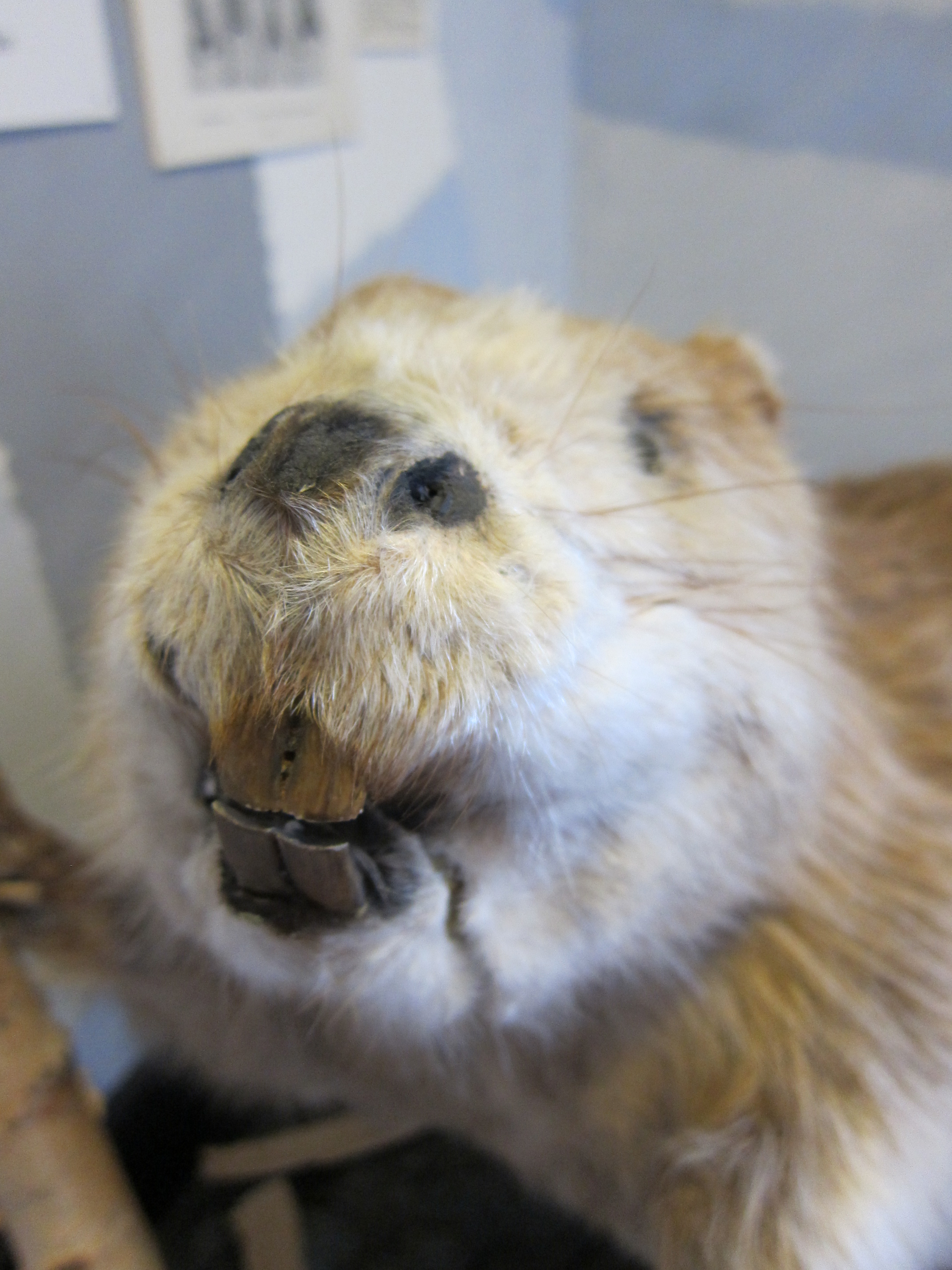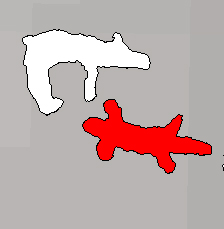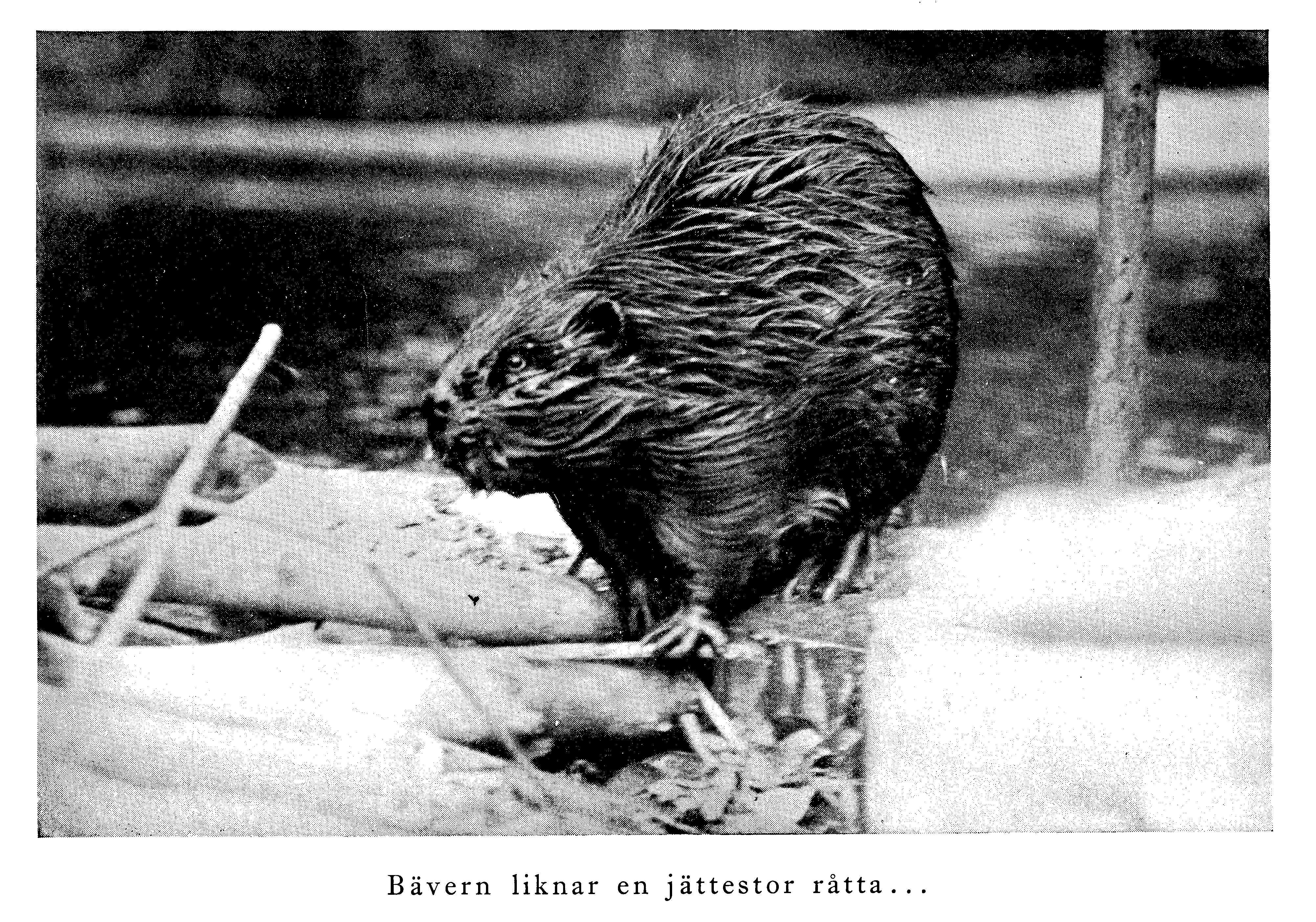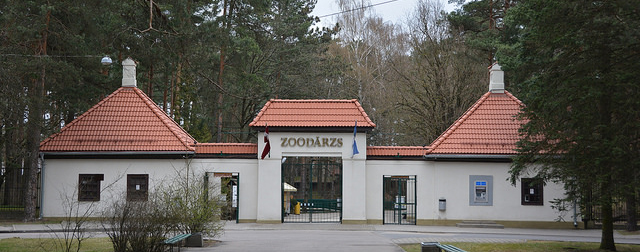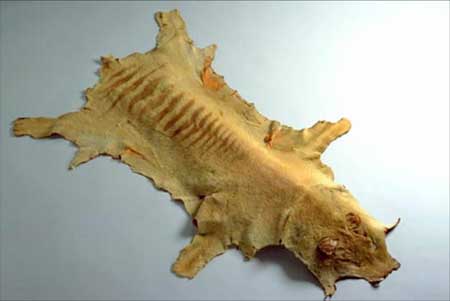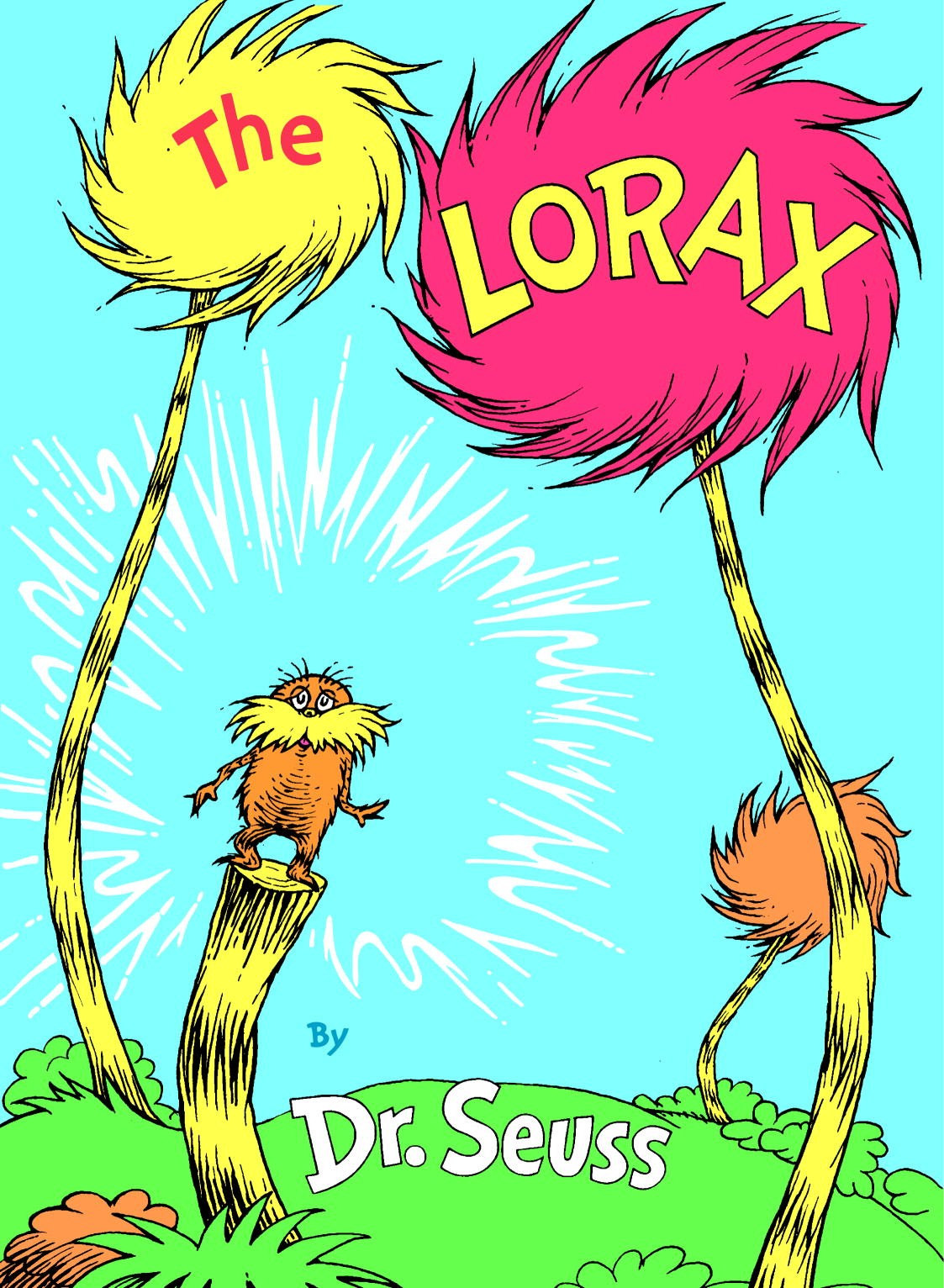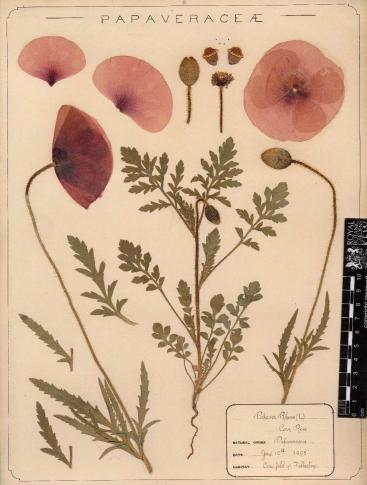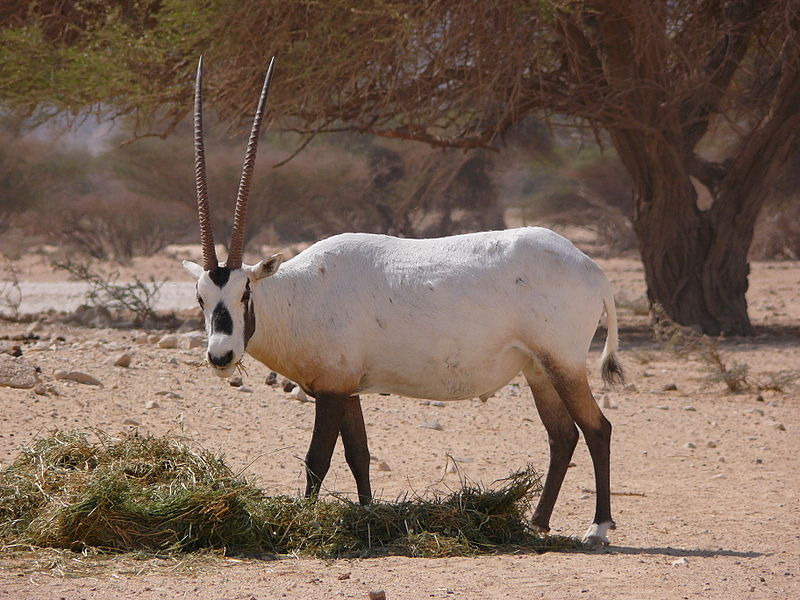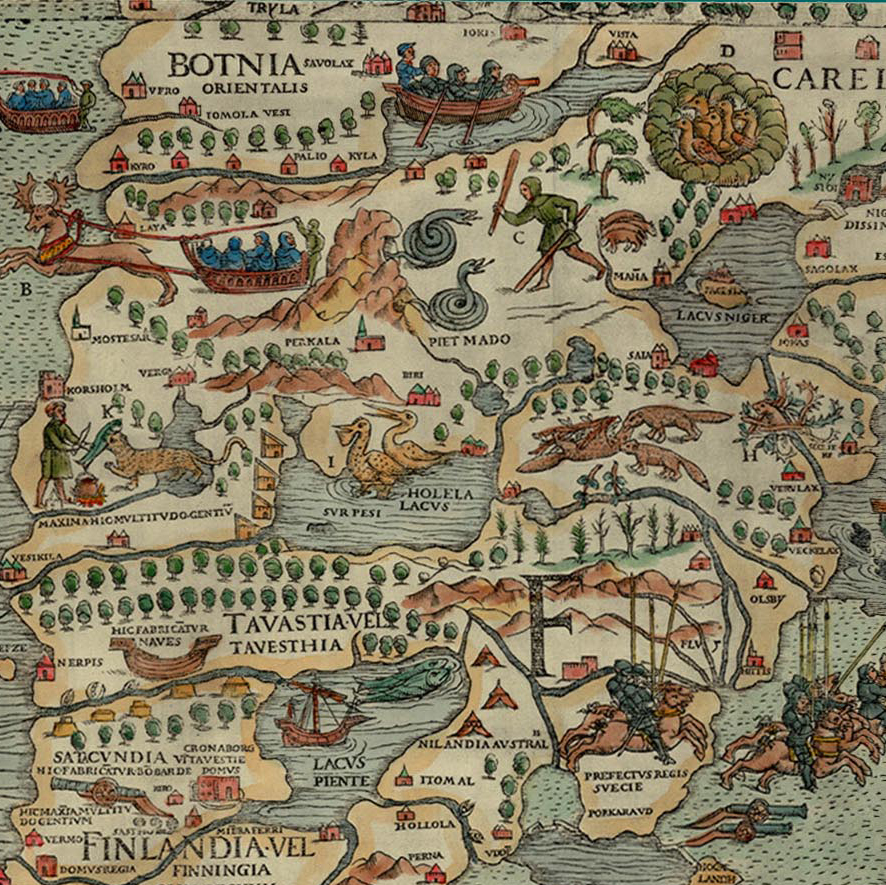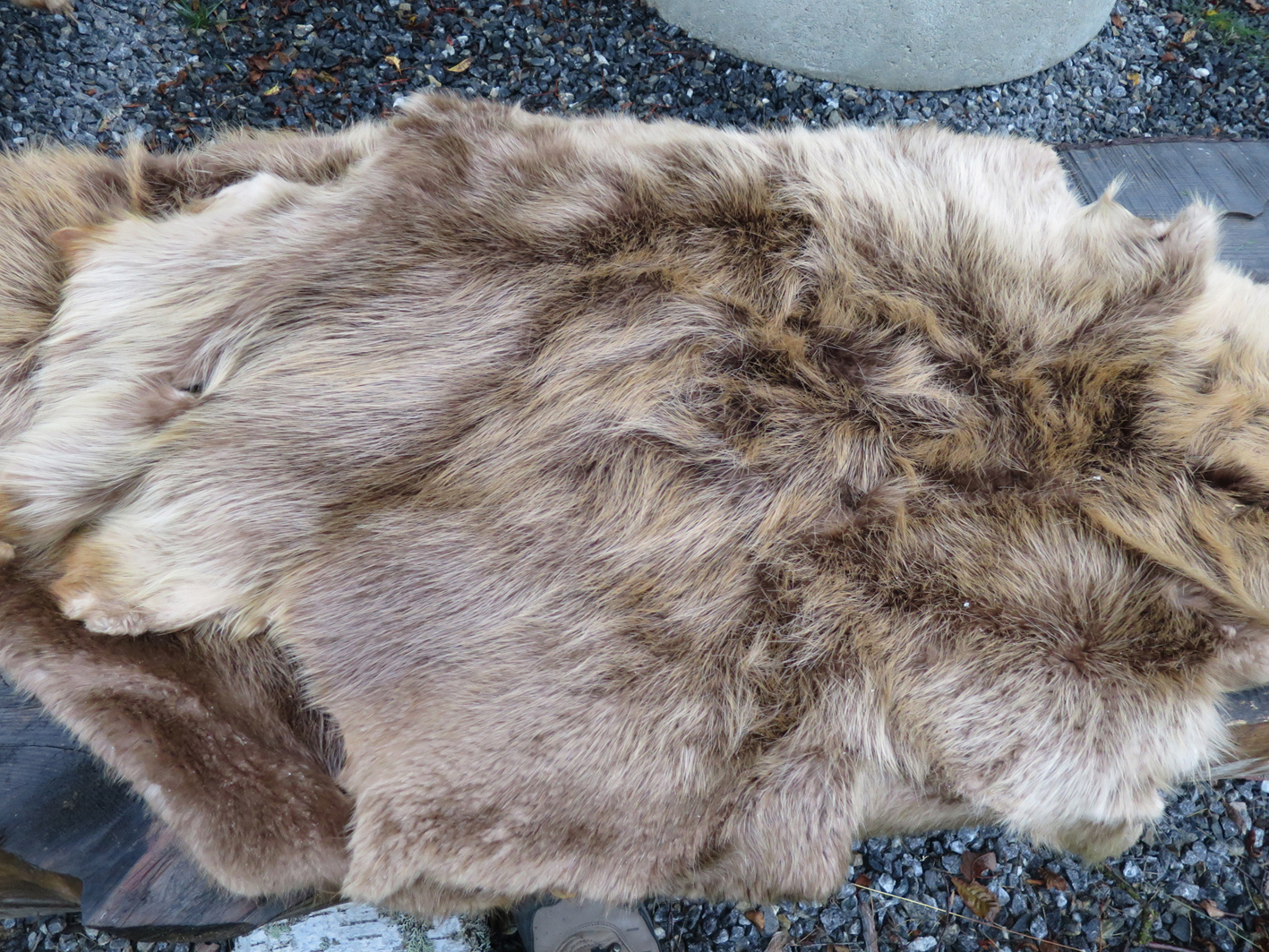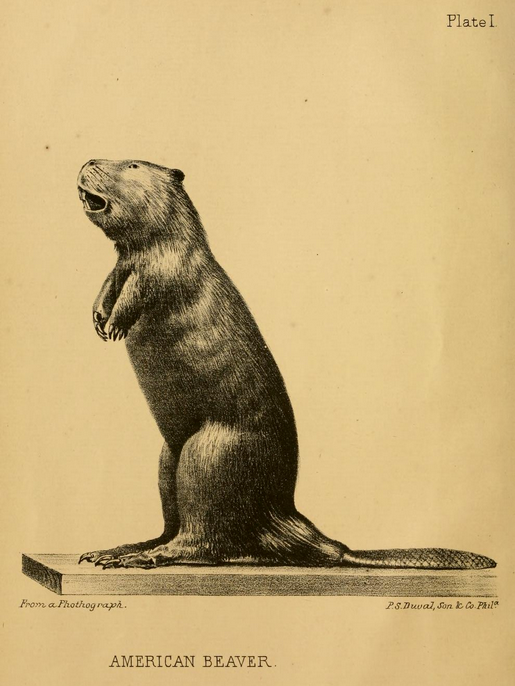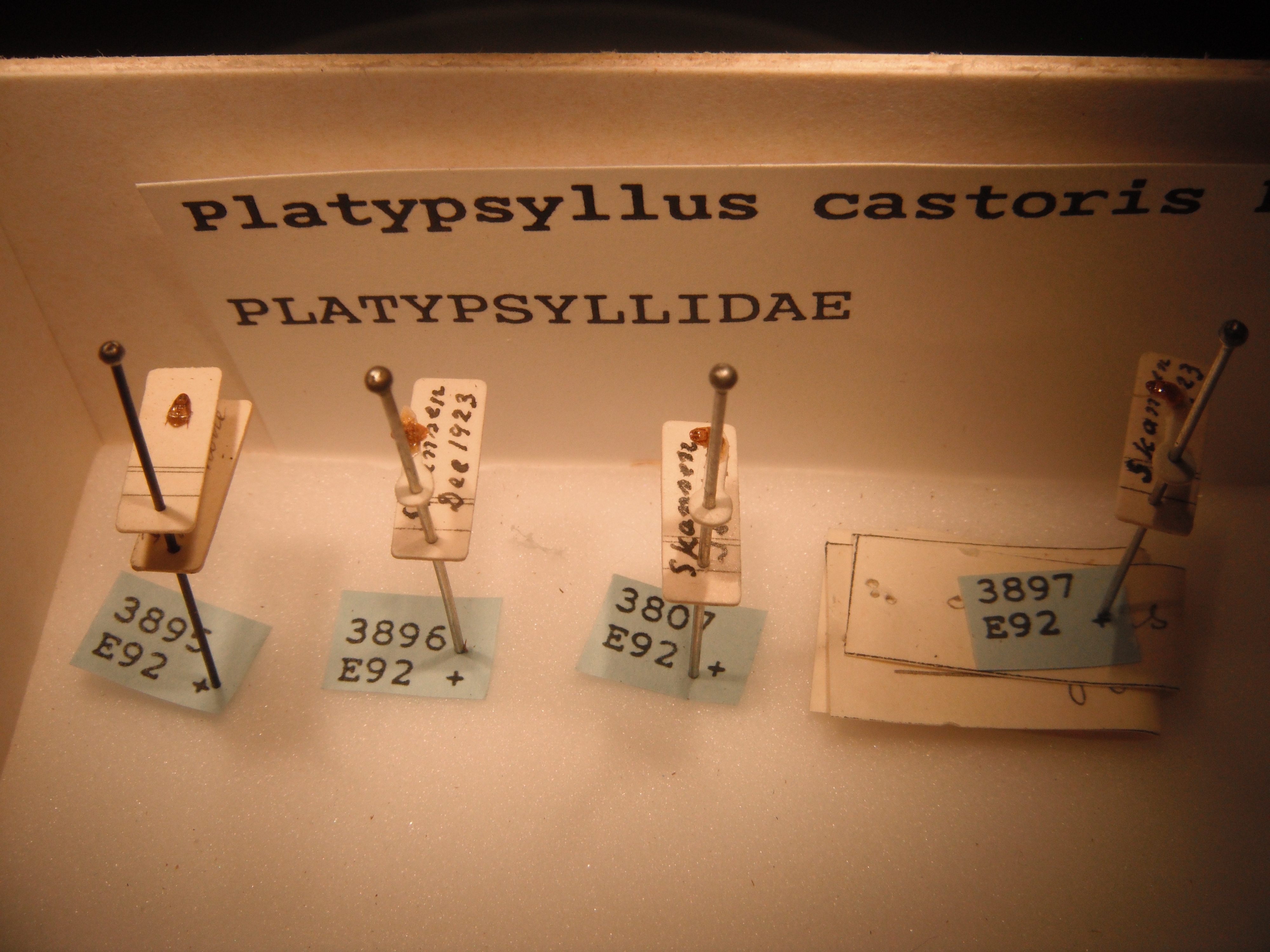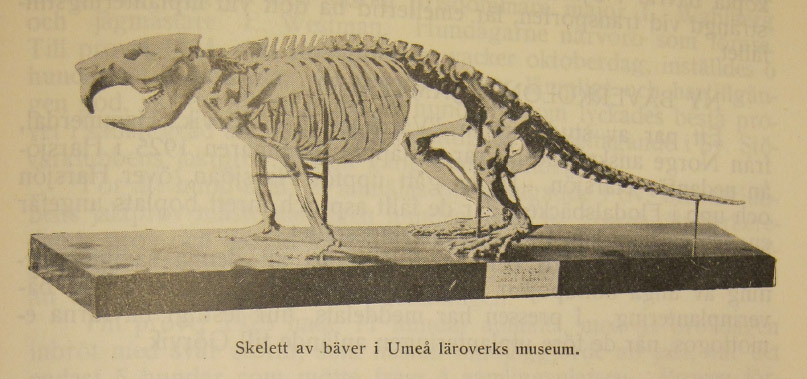museum
-
Muskox mascots
In the main tourist shop in Dombås, which had a huge number of buses filled with foreign tourists stopped there, there were souvenirs with Norwegian flags and trolls and lots and lots of moose. Moose were everywhere on the souvenirs. I guess when people think of Norway, they think of moose. I didn’t see a single muskox. Yet in the last two days, I have been overloaded with muskox. They sternly look out from signs, brochures, and posters. Their likenesses ae captured as paperweights, children’s toys, and even fire starters. There are very expensive muskox wool knitted hats and mittens and sweaters. The muskox mania was visible both in Härjedalen…
-
Misplaced muskox
Because the archive didn’t open until noon today, I stopped by the Frösö zoo, a local privately-owned zoo which opened in 1960. The zoo has a “Nature room”, which the owners label as the only biological museum in northern Sweden. So I wanted to pop in and see if they happened to have beavers or muskox in their display, since I knew that they did not have live specimens of either one in the zoo. I had expected to see the beavers. They are a common component of museums in Sweden as far as I can tell. At Frösö, the group of beavers inhabiting the “Middle Northland” (basically meaning ‘local’)…
-
Written in stone
Today on my way to Östersund, where I will start working in the archive tomorrow, I took a detour to Namforsens Hällristiningsmuseum (Namforsen’s rock carving museum). There are around 2300 rock carvings on the boulders at the rapids. I was hoping to find that they had carvings of beaver, or possibly even muskox. The visit to the accessible areas revealed that the Stone Age inhabitants were most interested in moose: male moose with big antlers, female moose, moose calves, hunting moose – lots and lots of moose! In the visitor’s center, the other other animals mentioned were one potential bear and foxes/dogs. At the museum, I found out that there…
-
Naming and claiming the last
In April 1996, two men working at a convalescent center wrote a letter to the journal Nature proposing that a new word be adopted to designate a person or individual of a species that is the last in the lineage: endling. This had come up because of patients who were dying and thought of themselves as the last of their lineage. The suggestion of endling was met with counter-suggestions in the May 23rd issue of Nature: ender (Chaucer used it to mean he that puts an end to anything), terminarch (because it has a more positive ring than endling which sounds pathetic according to the respondent), and relict (which means…
-
The hidden reintroduction
I recently discovered the letterhead of P.M. Jensen Tveit of Aamli, Norway, in the archives of the Natural History Museum, London. It appears that Jensen Tveit contacted the museum in the 1920s to sell beaver specimens to them. He had also contacted Skansen’s zoological division about the same time. But what Jensen Tveit was selling according to the letterhead is fascinating: Living beaver (Castor fiber) for release and for zoological gardens, stuffed beavers, craniums, beaver beetles (Platypsyllus castoris), as well as skeletons and spirits for use as teaching materials What caught my eye was beaver beetles. I expected all kinds of beavers living and dead, but beaver beetles? What were those? And why…
-
Kobras and national stories
I was reminded yesterday during a visit the Sagadi Forest Museum, part of the Estonian State Forest Management Centre, that beaver reintroduction has a wide and long Europe history. The museum — which had a wonderfully designed gallery featuring videos, modern & historical photography, and artefacts set within tree trunks that made it feel like you were walking through a forest — integrated beavers (kobras in Estonian) in several places. A pair of stuffed beavers gaze at each other and their handiwork in one section of the exhibit about the Estonian forest ecosystem. Beavers were featured in the displays about aspens, willows, and hazel as consumers of twigs and barks from those trees.…
-
In life or death
Although reintroduction is about bringing a species back, some individual animals never make it to their destination. Take the first three beavers bought by Västerbottens läns jaktvårdsförening (County wildlife management association) to reintroduce in the Tärnaån. Their first beaver, a female, was bought for 123 kr (about 3000 kr / $500 today) on 15 February 1923 and taken to Skansen for overwintering. It got enteritis (inflammation of the small intestine) and died in the spring. On 18 October that year, a beaver pair was bought for 800 kr (check out that price escalation!) and again taken to Skansen. They were infected with some kind of “plague” by a hare recently…
